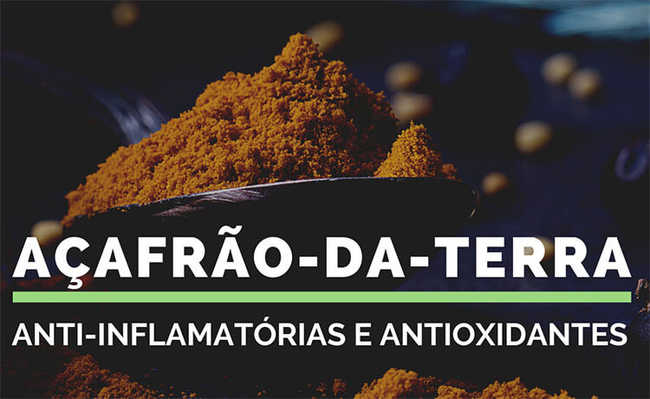Phosphate in foods: beware of additives present in ultra-processed products
Phosphate used as a food preservative causes excess phosphorus in the blood, which can cause several complications.

Image: Сергей Орловский on Unsplash
Phosphorus (P) is an element of mineral origin and is one of the most dispersed in nature. It is widespread in foods, whether of animal or vegetable origin (but exists in greater amounts in foods of animal origin). This element is vitally important for growth and human health, but in the food industry it is used as a food additive. Phosphates are organic compounds, with the formula PO43-, which contain phosphorus and oxygen in their composition. They are used as preservatives as they protect food from oxidation, water loss and help with stability.
Phosphate also has a coagulating and gelatinizing action on proteins and a dispersing and emulsifying action on fats. It is also an acidifying agent, among other functions. Although phosphorus is a nutrient that participates both in the structure and in the various biochemical and physiological functions of cells, its ingestion in the form of phosphate can be harmful to health.
- What are fresh, processed and ultra-processed foods
Phosphorus is present in bones, teeth, composition of the genetic code (DNA and RNA) and is part of cell walls. For it to exercise its function in the body, it needs to be in balance with calcium (vitamin D is one of the main regulators of this balance).
If there is an excess of phosphorus in the body (hyperphosphatemia), there will be a dysregulation in the absorption of calcium, resulting in increased porosity of the bones, in addition to this being one of the factors that raise blood pressure, among other health problems. The lack of phosphorus is responsible for fractures, muscle atrophy, anemia, among others.
Phosphate in food
The food industry uses phosphate as a food additive to increase shelf life and improve the appearance and texture of foods, especially ultra-processed foods. In the production of cured meats, phosphates (PO43-) and polyphosphates (which also contain phosphorus in their composition) help to maintain the stability of these foods, preventing them from losing water and spoiling too quickly.
There are several types of phosphate available for use in food, but the most used for meat processing are sodium tripolyphosphate and sodium hexametaphosphate (they dominate about 90% of the market) - another phosphate used in meat products is sodium acid pyrophosphate. However, for all of them, there is a maximum limit: only 0.5% of the total product can contain phosphate, according to Brazilian legislation. The main foods rich in phosphate or phosphate additives are processed meats, soft drinks, cookies and cakes, but you can find these ingredients in many other products.
Scratchs
As phosphorus is a vital nutrient for the functioning of biological systems, the phosphate naturally present in food is metabolized by the body of healthy people without major problems. Thus, it is believed that phosphate food additives do not pose health risks for these people either. However, new research indicates that there is an increase in the level of phosphorus in the blood of healthy people, who have a diet rich in processed products that contain phosphate as an additive and this can result in the onset of diseases (see video).
People who have kidney diseases must be extremely careful with the level of phosphorus present in the diet, because, due to the organ's malfunction, the elimination of the element in the urine can be affected, resulting in an imbalance of the body and the development of a series of health problems. Since phosphorus is present in all foods, not just processed foods, medical monitoring to control the level of phosphorus in the blood is essential.
Other problems and how to deal
Another much discussed issue involving phosphorus (in addition to health interference) is the impact that the addition of phosphates and other elements formed by phosphorus has on the dynamics of phosphorus in the environment. The increase in the pace of exploration of phosphorus sources for use in industrialized products (food, fertilizer, cleaning products, among others), in addition to aggravating the situation of eutrophication of water, has led to discussions regarding the nutrient shortage.
The ingestion of ultra-processed products should be avoided as much as possible, not only because of the artificial presence of phosphate, but also because there are a number of other additives that can cause health problems. To maintain a healthy life, it is essential to adopt attitudes such as having a balanced and varied diet in nature or minimally processed, which ensure the absorption of essential nutrients for the body's functioning, in addition to providing less environmental impacts.










